September 22, 2015
by motuphila215
The Civic Center Boulevard contra-flow bicycle lane, which opened in the summer of 2015, was approved several years ago by the Streets Department as part of the Children’s Hospital of Philadelphia (CHOP) and the Hospital of the University of Pennsylvania’s (HUP) expansion plans. Similar to the contra-flow bicycle lane on S. 30th Street between Market and Chestnut Streets, the Civic Center Blvd. contra-flow bicycle lane, between University Avenue and Spruce Street, provides better connectivity for bicycles, reduces dangerous wrong-way and sidewalk bicycle riding, and decreases bicycle trip distance.
This month, the Streets Department published a helpful Civic Center Blvd. Contra-flow Bicycle Lane Fact Sheet. The questions and answers from the Fact Sheet are below. For the full Fact Sheet, as well as for images of the contra-flow bicycle lane, click on the hyperlink found at the bottom of this post.

Why a bicycle lane on Civic Center Boulevard?
Civic Center Boulevard is an important link between University Avenue and Spruce Street. These are two corridors of high existing bicycle demand due to bridge links and employment and residential destinations. The Children’s Hospital of Pennsylvania (CHOP) and University of Pennsylvania campus are employment hubs and many employees and visitors cycle for transportation on. Because of the non-grid roadway network in this area of University City, designated bicycle routes have even greater use and importance than usual.
What does a contra-flow lane look like?
A contra-flow lane is different than most of the bicycle lanes you see around the City. The lane is located between the travel lane and the sidewalk. It is separated from the adjacent travel lane by a solid yellow line striped area. The lane provides a dedicated space for bicyclists to travel against traffic (contra-flow). Within this lane, there are bicycle symbols and arrows to indicate the direction of bicycle travel.
How do I enter the contra-flow lane as a cyclist?
Cyclists coming from University Avenue should get in the left hand bicycle lane to enter the contra-flow lane at the intersection of Civic Center Boulevard and Health Sciences Drive.
What are the benefits of contra-flow lanes?
The contra-flow lane provides better connectivity for bicycles, reduces dangerous wrong-way and sidewalk riding, and decreases trip distance, making cycling a more attractive travel option. A similar facility is on 30th Street between Market and Chestnut Streets.
What about traffic?
Traffic flow will remain the same for southbound travelers – one way southbound on Civic Center Boulevard for vehicles and southbound bicycles. Bicycles are the only vehicles allowed to travel both ways. There should be no negative effect on traffic flow.
Will parking or loading be affected?
Access to adjacent parking structures and drop-off driveways remain the same. The only difference is that, on the side of road with the bike lane, drivers must cross the hatched yellow buffer area to reach the parking garage entrance. Drivers should first look for oncoming bikes, then, when clear, cross the contra-flow lane and enter the parking structure. No stopping or loading is allowed in the contra-fl ow lane or buffer area.
Where can I get more information on this project?
Jeannette Brugger, Pedestrian & Bicycle Coordinator,
215.686.5521, jeannette.brugger@phila.gov
For the full Fact Sheet:
Civic Center Blvd. Contra-flow Bicycle Lane Fact Sheet
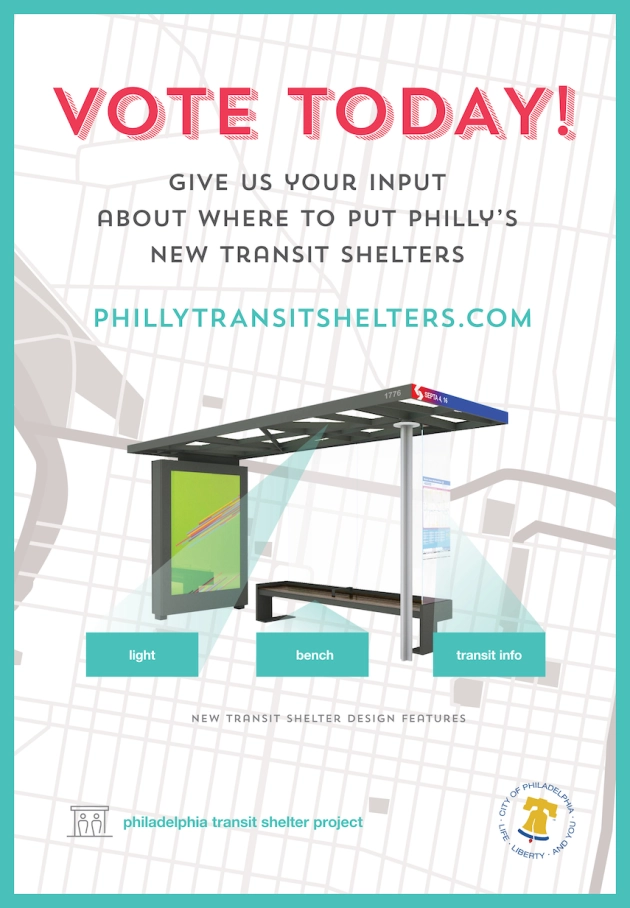

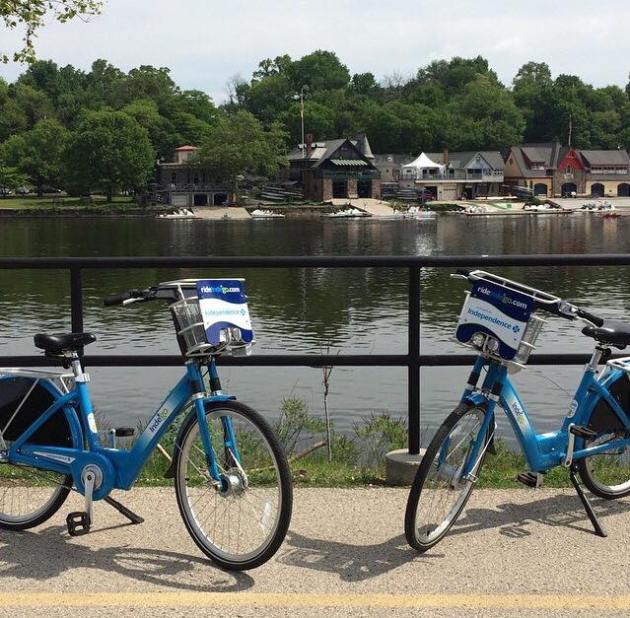
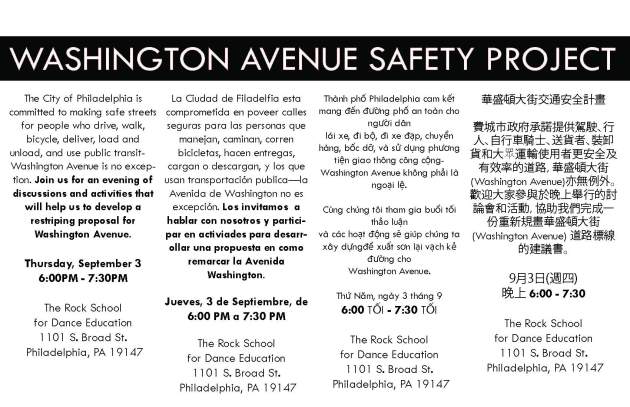
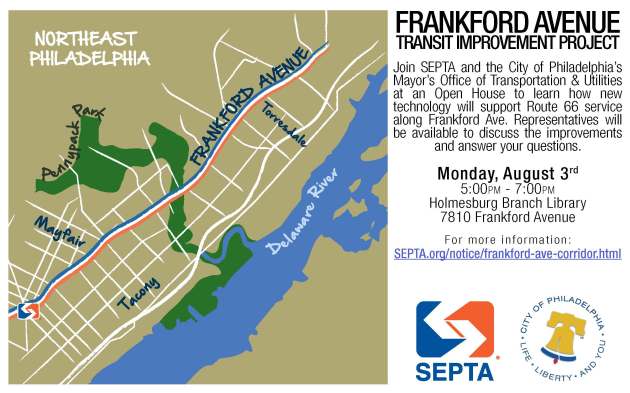
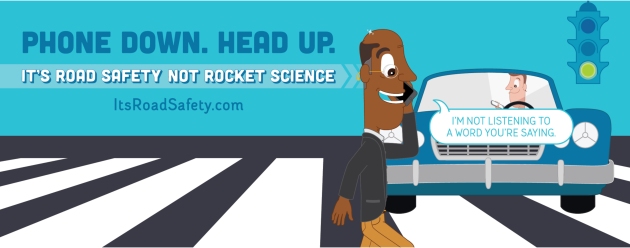
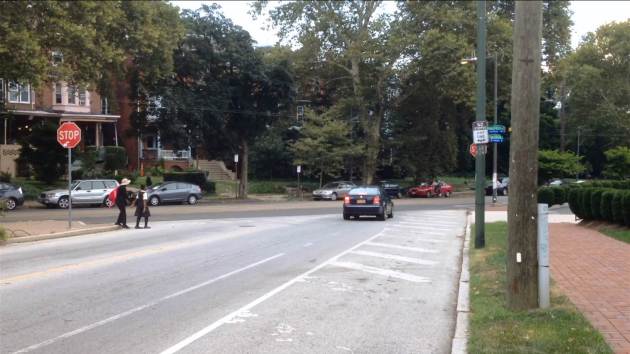
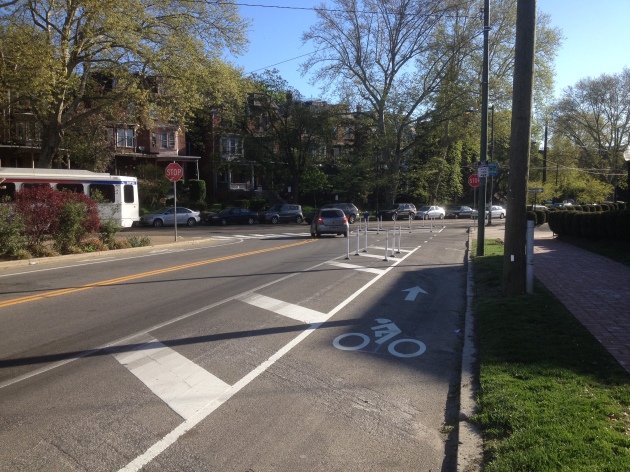


You must be logged in to post a comment.